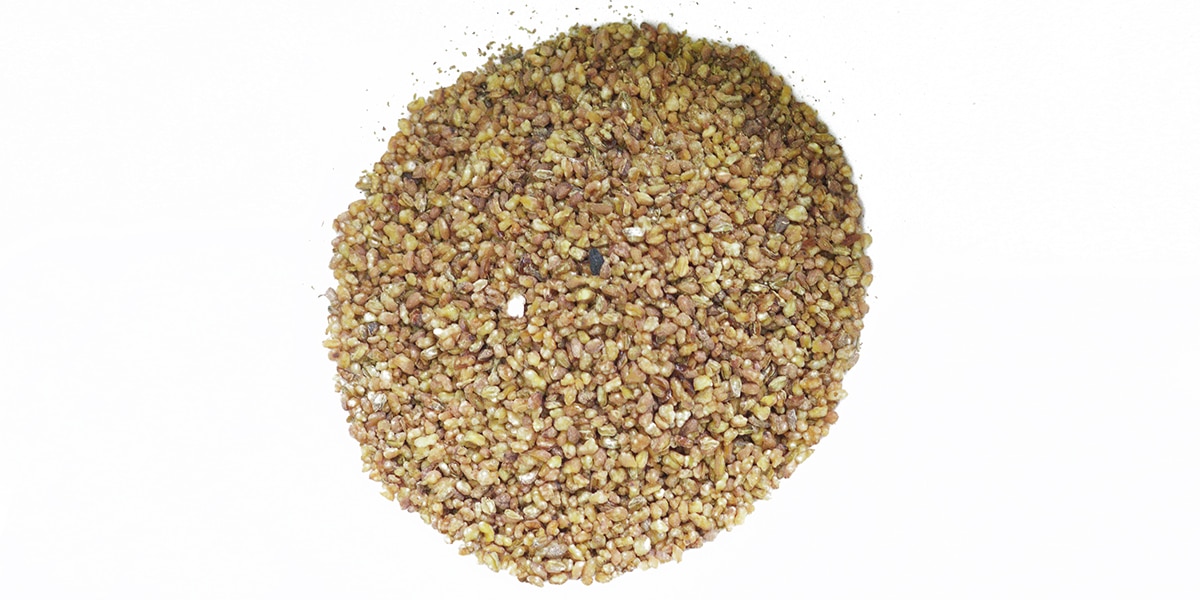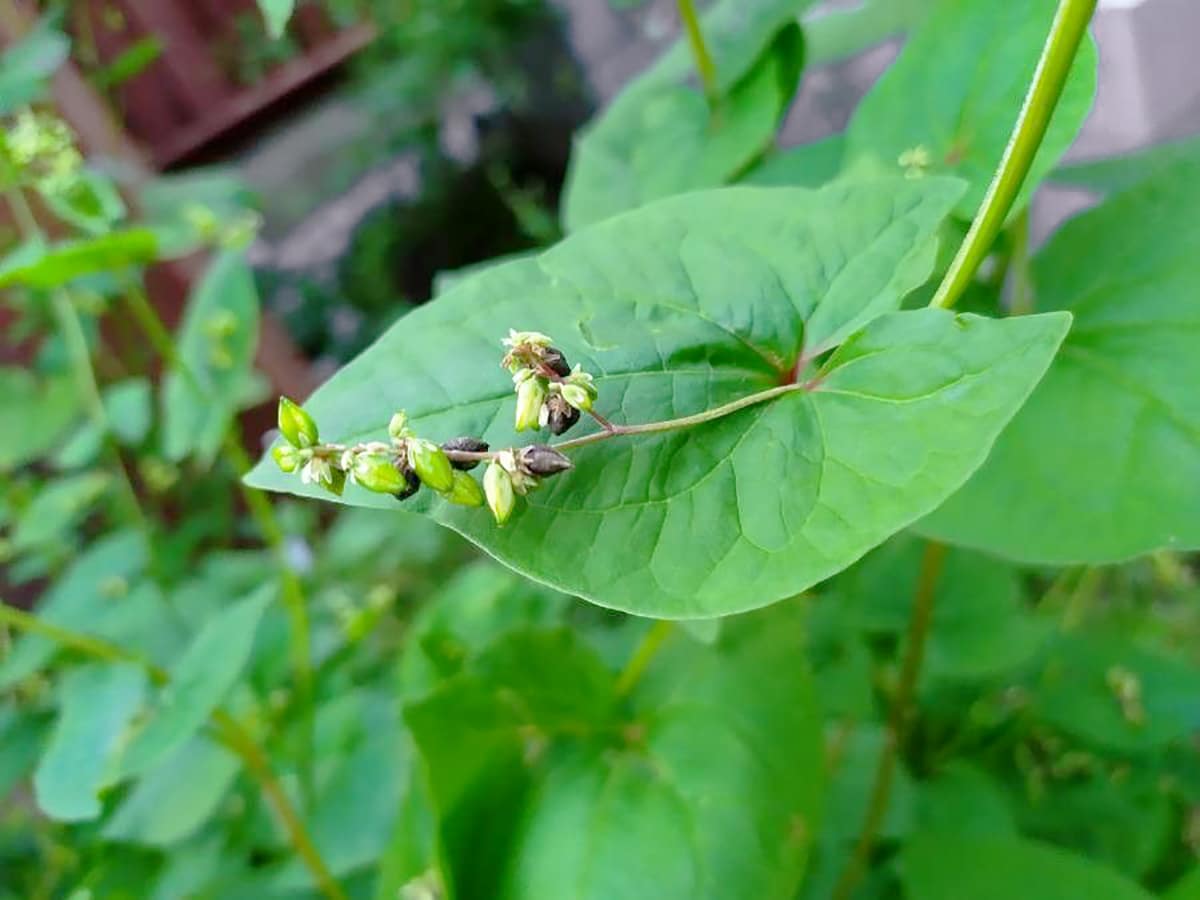Buckwheat (soba そば) is one of over 50 permitted shochu ingredients in Japan. And soba shochu is one of the most popular types overall.

What is Soba?
Buckwheat is a summer annual in the rhubarb family. Its seeds are high in starch and nutrition. The species used for soba shochu is Fagopyrum tataricum or Tartary Buckwheat. It’s also used in soba noodles.
Tartary buckwheat is also known as bitter buckwheat and green buckwheat. It’s a domesticated plant brought to Japan from Southwest China in the 8th century. It’s tough and can survive infertile soil and cold climates.
Soba is popular for its flavor. But it also has many purported health benefits. These include antioxidant, anti-inflammatory, anticancer, and antidiabetic activities. It is unknown if these benefits survive the distillation process into soba shochu.

Turning Soba Into Shochu
Buckwheat seeds are the part used for shochu production. The husk is completely removed. Then the grains are cracked and then steamed. Next, they’re added to the moromi (mash), usually during the second stage (niji moromi). Finally, the fermented moromi is distilled once in a still.